How to Enable or Disable Aero Shake in Windows 10. Three methods reviewed.
Aero Shake is a window management feature in Windows that allows quickly minimizing all open windows by 'shaking' the app you want to keep active. It will remain open on Desktop, and all other windows will be minimized down to the taskbar.
Advertisеment
Aero Shake was part of the Windows Aero interface that has long been outdated. In Windows 7, Microsoft introduced two new ways to arrange windows and manage their size/position and window state. The two features are called "Aero Snap" and "Aero Shake" respectively. The Aero Snap feature arranges and resizes windows by moving them to the left, top or right edge of the screen. The second one, Aero Shake, allows you to minimize all open apps when you shake the active window.
Some Windows 10 users would like to turn off Aero Shake because it is easy to accidentally move a window and get others minimized.
This post will show you how to enable or disable Aero Shake in Windows 10. We will review various methods available in the OS. We will start with a Registry tweak.
Enable or Disable Aero Shake in Registry
- Open Registry Editor.
- Go to the following Registry key:
HKEY_CURRENT_USER\Software\Microsoft\Windows\CurrentVersion\Explorer\Advanced. See how to go to a Registry key with one click.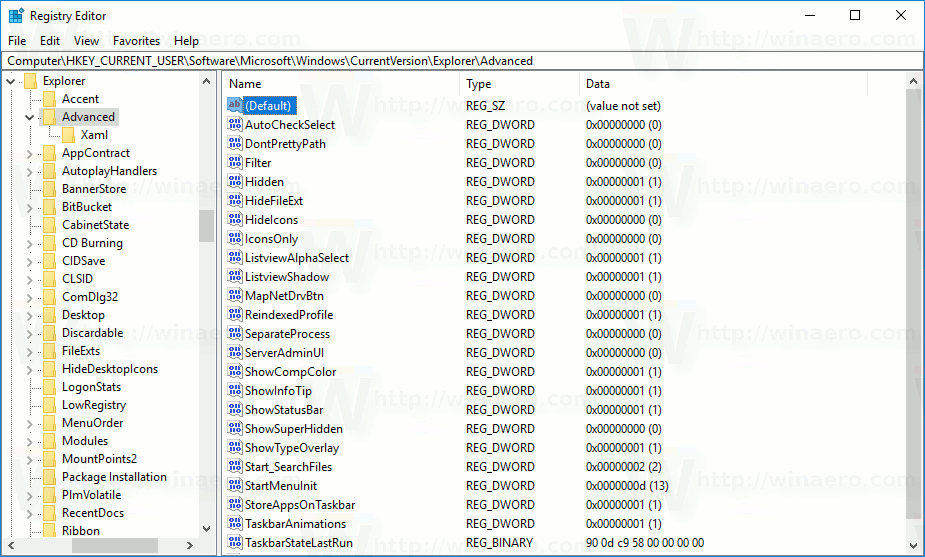
- In the right pane, create a new 32-bit DWORD value named DisallowShaking. Even if you are running 64-bit Windows you must still create a 32-bit DWORD value.
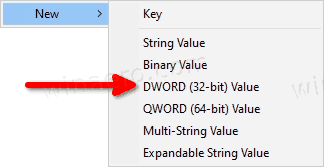
- Set its value data as follows: 1 = Disable Aero Shake, 0 = Enable Aero Shake.
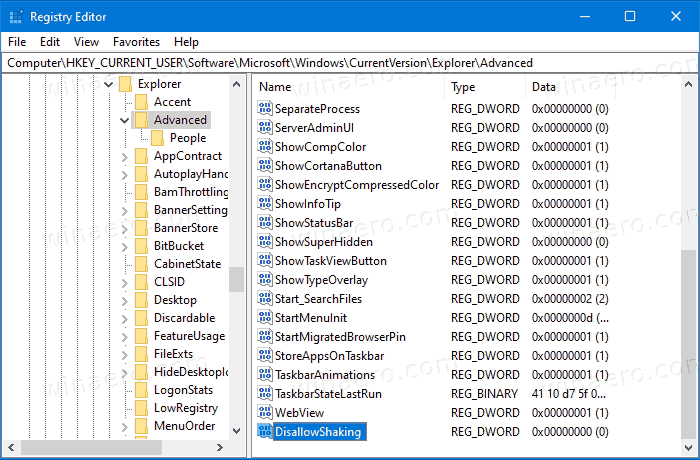
- You can now close the Registry Editor app.
Note. Starting in Windows 10 Build 21277, the Aero Shake feature is disabled by default. By creating the DisallowShaking DWORD and leaving its value data as 0 you will force enable it.
Ready-to-use Registry files
To save your time, I've prepared a set of ready-to-use Registry files that will allow you to turn on or off Aero Shake in Windows 10 with one click. You can download them here.
Also, I would like to mention that there is an option in Winaero Tweaker that allows disabling Aero Shake for your user account. It is under Behavior \ Disable Aero Shake in the left pane of the app. On the right, you'll find the appropriate checkbox.
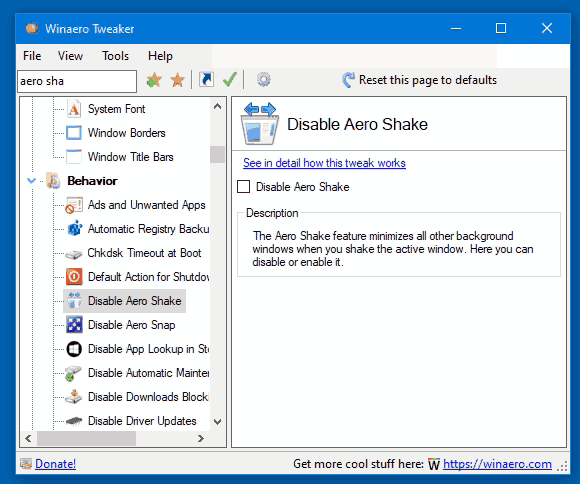
Also, starting in Windows 10 build 21364, you can use a new option in the Settings app that allows you to enable or disable window shaking with ease.
Enable or Disable Window Title bar Shake in Settings
- Open the Settings app.
- Go to System > Multitasking.
- On the right, turn on or off the Window Title bar Shake toggle option for what you want.
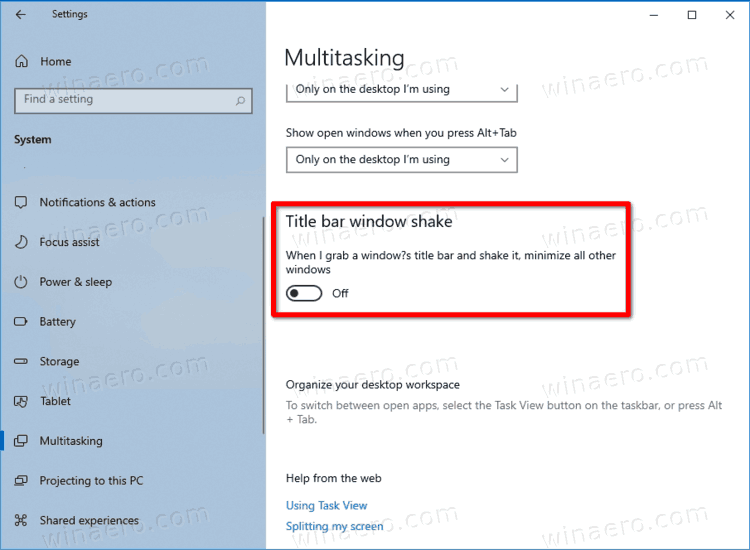
- You can now close the Settings app.
The alternative to the above method is Group Policy.
Enable or Disable Aero Shake in Group Policy
If you are running Windows 10 Pro, Enterprise, or Education editions, then you can use the Local Group Policy Editor app. It allows you to disable Aero Shake with a special option. Windows 10 Home users can omit this step, and instead apply a Registry tweak to get the same restriction working (described in the below chapter).
To enable or disable Aero Shake in Group policy, do the following.
- Open the Local Group Policy editor app, or launch it for all users except Administrator, or for a specif user.
- Navigate to User Configuration > Administrative Templates > Desktop on the left.
- On the right, find the policy setting Turn off Aero Shake window minimizing mouse gesture.
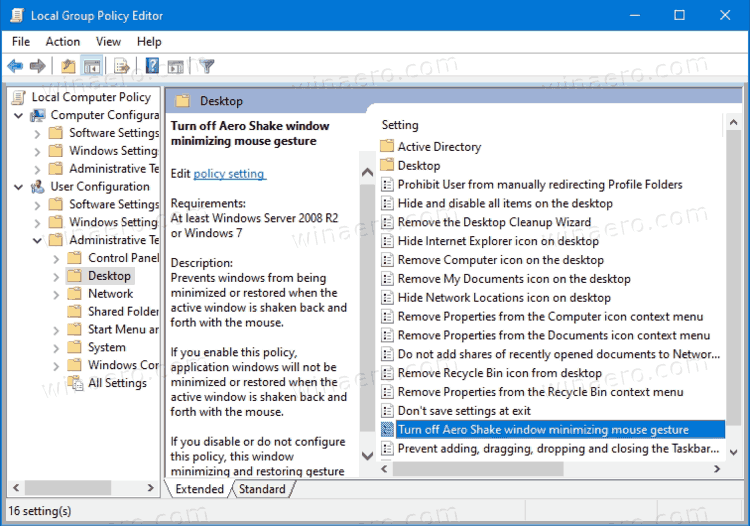
- Double-click on it and set the policy to Enabled to disable the Aero Shake feature.
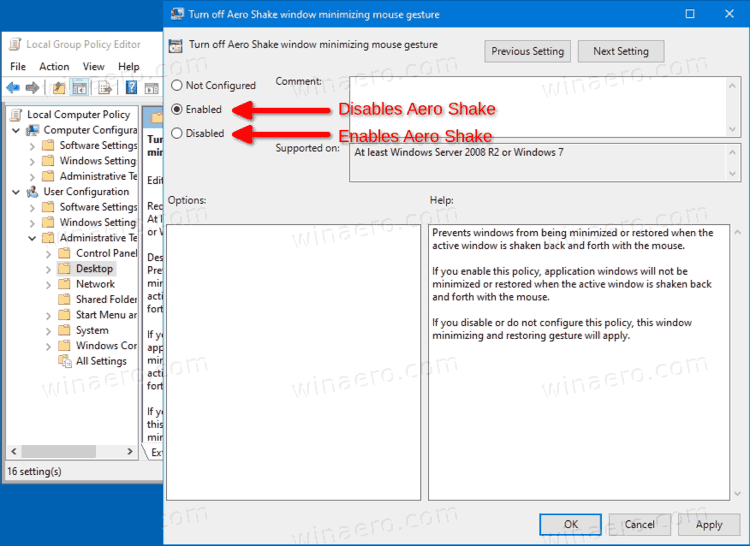
- Setting the policy to Disabled will enable Aero Shake.
- Choose Not configured to use system defaults.
- You can now close the Local Group Policy Editor app.
Alternatively, you can apply the above restrictions in the Registry. This method works in all editions of Windows 10, including Windows 10 Home. Let's review how it can be done.
Enable or Disable Aero Shake with a Policy Tweak
- Download the following ZIP archive: Download ZIP archive.
- Unblock the file.
- Extract its contents to any folder. You can place the files directly to the Desktop.
- Double click on the file Disable Aero Shake with Group Policy.reg file to disable Aero Shake, and confirm UAC by clicking on Yes.
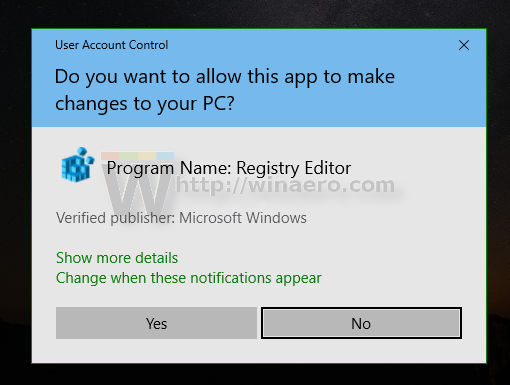
- To enable Aero Shake, use the file Enable Aero Shake with Group Policy.reg.
- Finally, to restore defaults used in your Windows 10 version, use the Reset Aero Shake to Defaults.reg file.
- Sign out and sign in to your user account, or restart the Explorer shell.
You are done!
How it works
The Registry files above modify the HKEY_CURRENT_USER\Software\Policies\Microsoft\Windows\Explorer Registry branch. They change the NoWindowMinimizingShortcuts DWORD value. It accepts the following data.
- 0 = Enable
- 1 = Disable
That's it.
Support us
Winaero greatly relies on your support. You can help the site keep bringing you interesting and useful content and software by using these options:

Did they also disable cascading windows, it dosnt work anymore. I have Build 21277.
Actually, you are not alone.
Here on Winaero I receive reports that the feature doesn’t work starting in 1909 or so.
There must be some bug in Windows 10 that broke the cascading windows feature.